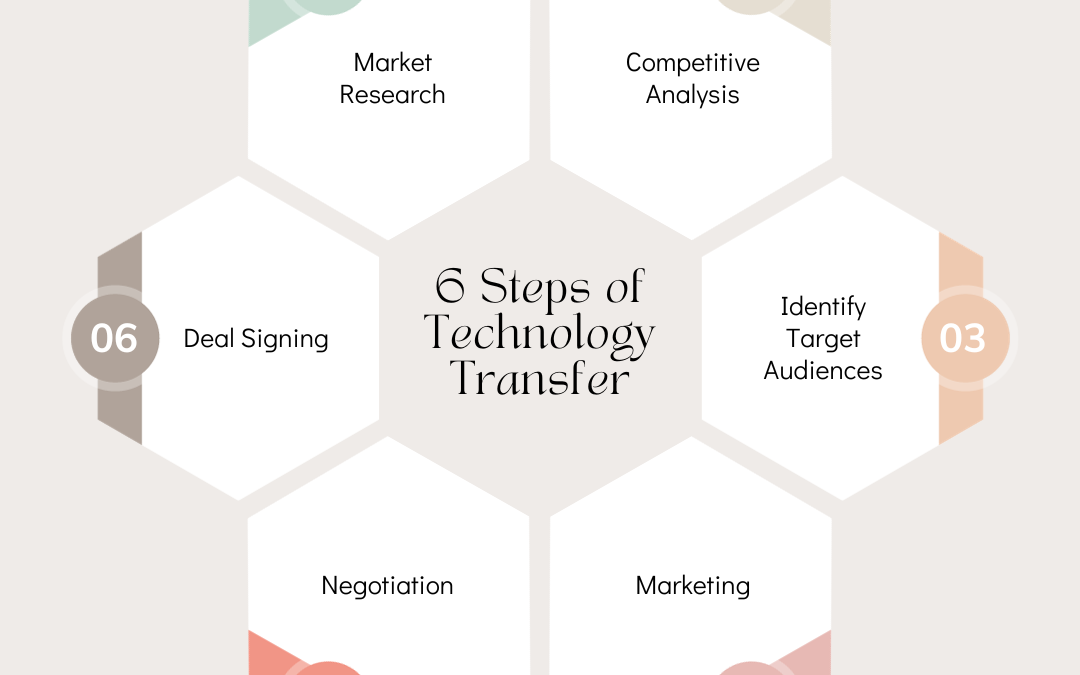Author: Pooja Bhatia, Author and CEO, Inoberry LLC.
What is Technology Transfer?
Have you ever wondered where our world would be without innovation, knowledge, skills and expertise? Would we have vaccines protecting us from diseases including COVID? Technology transfer has been happening since time immemorial in various ways from generation to generation.
The importance of technology transfer can be illustrated by the indelible ink that has been used in elections for years. It was developed in the CSIR-National Physical Lab, patented by NRDC and licensed to Mysore Paints and Varnishes Limited (Earlier called Mysore Lac and Paints Limited).In the year 2022, DRDO reported that they have signed 1464 technology transfer agreements.
Technology transfer offers the following advantages:
- Knowledge dissemination
- Fosters innovation and economic development
- Promotes practical application of scientific discoveries.
- Competitiveness at national and global level
- Job Creation
- Capacity building
- Attracts investment
- Bridges the gap between research and real-world solution
- Effective utilization of valuable knowledge and technologies
- Benefits the society by offering solutions to its problems.

Technology Transfer is a complex process involving a number of steps to transfer knowledge, skills, innovation and technologies. Technology transfer can be of various types. The most common form of technology transfer is publications in journals, industry-academia collaboration and joint ventures. The following are other types of technology transfer:
- Technology development and transfer: Creating solution to address the given problem statement provided by a company to another company or institutions and then transferring it.
- Know-how transfer: When knowledge is transferred with or without associated IPRs, it is called as Know-how transfer.
- Licensing: It is a process of allowing a third party or third parties other than the owner of the IPR to use, make or sell products or use or make or sell products using the process protected.
- Assignment: It is a process of assigning rights of one party to other party to use, make or sell the IP protected product, process or innovation.
- Spin-off formation: It is another form of technology transfer where IPR and/or technology and know how is licensed to a newly created startup or company based on the institutional technology or IPR.
- Material transfer: is a form of technology transfer where IPR associated or non-IPR associated material is transferred for further testing, evaluation or research.
Technology transfer is a process involving the following steps:
- Market assessment
- Marketing
- Deal Negotiation
- Signing of Agreement
Each step of technology transfer requires skills and expertise to move it ahead.
Read more on the skills required in the upcoming write up.
Original Published at https://www.linkedin.com/pulse/what-technology-transfer-bhatia-vasaikar-clp-rttp-patent-agent-awfzc
Infographics, Summary Video and Listenable related to these articles available at Dhvaani
Please contact us at info@origiin.com to know more about our services (Patent, Trademark, Copyright, Contract, IP Licensing, M&A of companies)
Subscribe to YouTube Channel HERE
Join LinkedIn Group: Innovation & IPR
WhatsApp: +91 74838 06607




